This guest contribution by the team at Reedsy explores ways to subvert character clichés for a less predictable story.
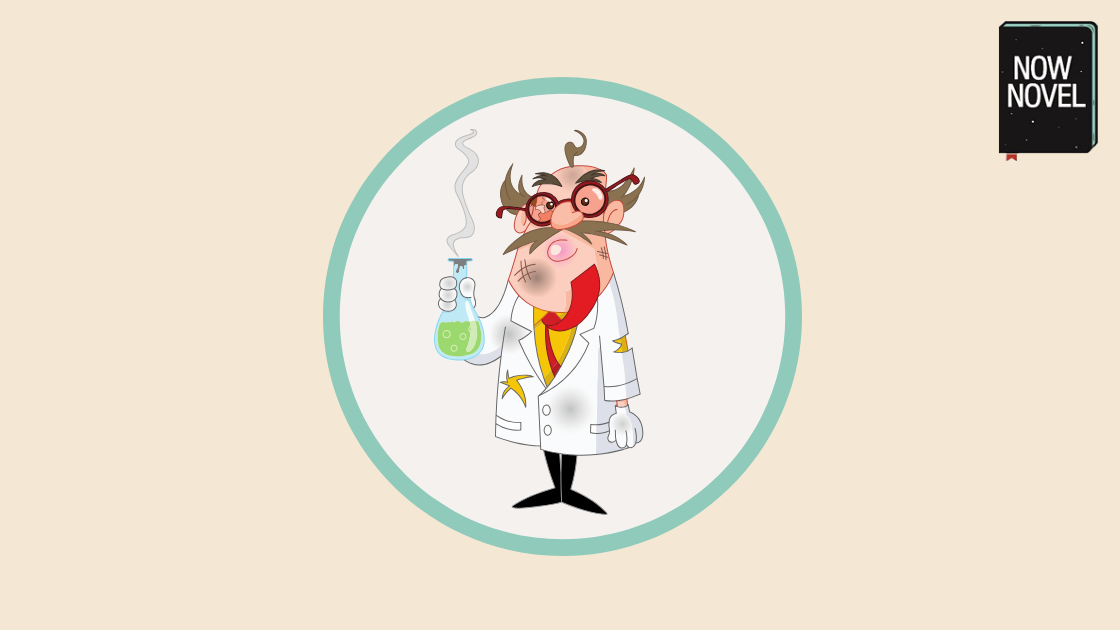
Read Now Novel’s best character writing blog posts below. Learn how to create a cast for your story that is rich with bold personalities. The best stories make it easy for us to connect with characters and become invested in their story outcomes. Learn how to describe characters’ faces, postures, speech and more. You can also find helpful guides on creating conflict between characters, different kinds of relationships between members of the cast of your story and more.

This guest contribution by the team at Reedsy explores ways to subvert character clichés for a less predictable story.

Great, character-driven stories often have deeply flawed characters at their heart. Human flaws such as lust for power, greed and jealousy explain the errors many tragic figures from books make, from Mr Kurtz to Lord Voldemort. Read this character flaw list (with examples) for inspiration and develop interesting character weaknesses:
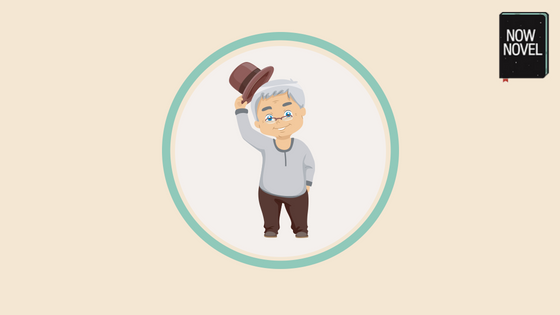
Character mannerisms – the things people repeatedly do with their faces, hands, or voices without always realizing – help to create detailed characters. Sometimes we use mannerisms for humour, at other times to tell characters apart. Read tips for creating mannerisms, believable quirks and tics, that tell your reader more about your characters:
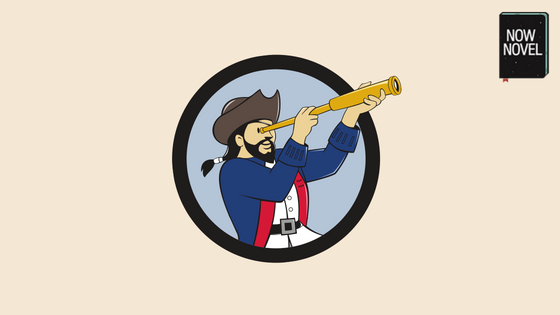
Strong character description is key to creating vivid and realistic characters. We may be tempted to reach first for obvious elements of physical description, such as eye and hair color. Yet strong imagery tells us more about a character’s personality, quirks, strengths and flaws. To avoid weak character description:
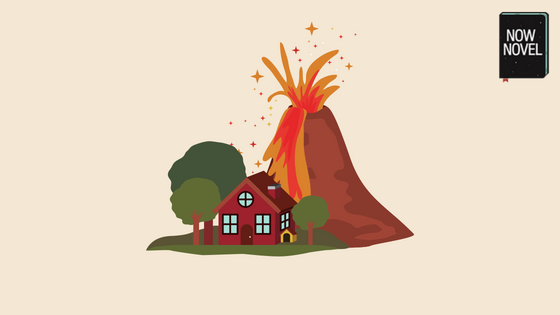
Conflict in fiction is a crucial ingredient of tension and suspense. Whether it involves character vs character or character vs environment, conflict makes plots tick onward. Read tips for creating man vs nature (or person vs nature) conflict that shows characters struggling with their environments:
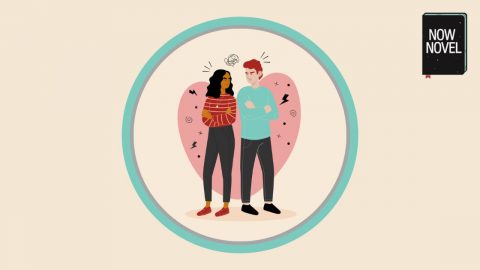
What are conflicts in a story? Why do they matter and what purposes do they serve? Read six examples of story conflicts from books and why they work. This will help you create your own interesting, dramatic oppositions:

There is no single ‘right’ approach to how to start a story in first person. That being said, there are several ways to start a story using first person point of view and hook readers from the start. Here are 8 pointers for beginning a book in first person
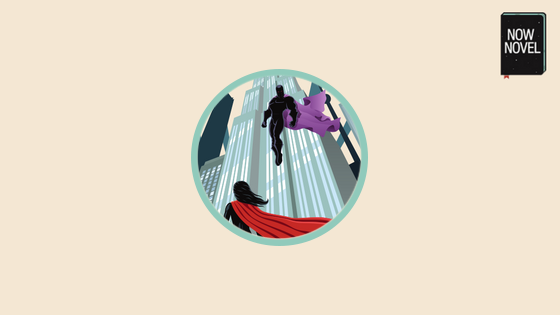
There are many types of antagonists. Sometimes in a story a primary antagonist starts out as a close ally. Characters who oppose your main character’s goals aren’t necessarily ‘bad’, yet they serve a primary function: Standing between another character and their destiny. Here are 5 types of antagonists with examples and points to remember:
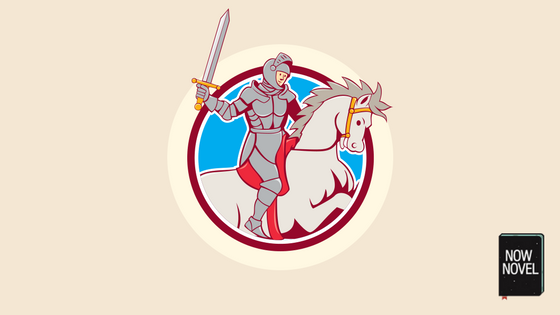
Archetypes are useful for imagining diverse, interesting characters. Literature is full of jesters and jokers, lovers, warriors, wise sages, and fools. Some of these are literal (the fool is a literal court jester who entertains a king), others metaphorical (the ‘class clown’ who loves to entertain). Read archetype examples and tips for using this concept to make your characters and their arcs more intriguing: